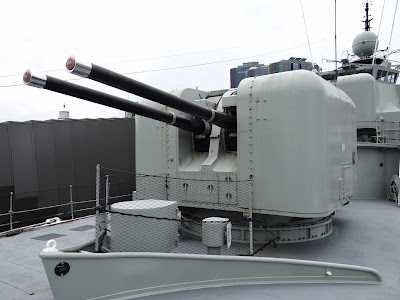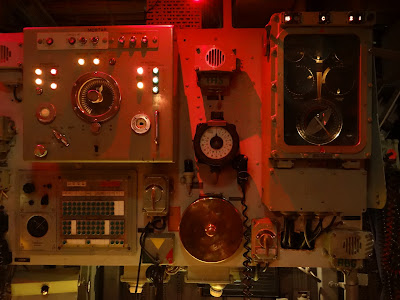Pel-Air Aviation Pty Ltd (trading as Pel-Air) is a Mascot (Sydney) based airline wholly owned by Regional Express Holdings which also owns Regional Express Airlines and Air Link.
Pel-Air specialises in air charter including executive charter, general ad-hoc charter, various government & defence contracts and freight operations through its subsidiary Pel-Air Express which comprises of three converted SAAB 340A aircraft : VH-EKT, VH-KDB & VH-KDK.
Providing a return Brisbane to Mackay via Rockhampton freight service most weekdays, a SAAB 340A Freighter makes a pre-dawn departure from Brisbane as PFY7416 and arrives into Rockhampton after a flight time of about 75 minutes.
Upon completing an exchange of cargo, the SAAB 340 then continues further north to Mackay as PFY7418, a flight that generally takes approximately 40 minutes.
Remaining parked at Mackay until early evening, the return air freight service to Brisbane via Rockhampton operates as PFY7415 / PFY7417 and generally arrives into the state capital anywhere between 9.00 - 10.00pm.
Please be informed that times indicated are a general reference only as they can sometimes vary depending on external factors such as sub-contractors delivering freight to depots and general airport operations.
The official Pel-Air Aviation website can be found at : http://www.pelair.com.au/
































































